Billionaire Zerodha Founder Nithin Kamath: EVs Moving Pollution From City Streets To Biodiversity Hotspots?
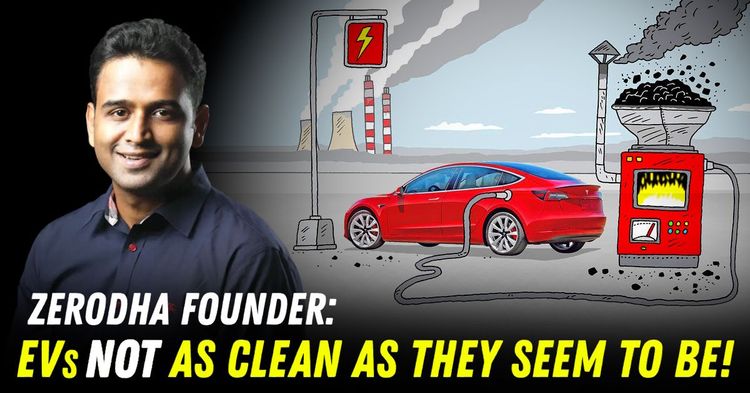

When Zerodha co-founder Nithin Kamath raised concerns about the trade-offs of the EV transition, specifically, whether we are swapping cleaner cities for ravaged coastlines and ecosystems, he struck a chord. His twitter post came with a striking juxtaposition: the promise of zero tailpipe emissions in cities versus the disturbing environmental fallout unfolding in nickel- and cobalt-rich nations that form the backbone of global EV supply chains. It’s a valid worry.
While electric vehicles are fast becoming the symbol of a cleaner, more sustainable future, the truth is murkier. The very materials that make EVs cleaner at the point of use, lithium, nickel, cobalt, and rare earth metals, are sourced through processes that can be anything but clean. As the world races to electrify its transport systems, it's worth asking whether the roads ahead are being paved with good intentions but dirty methods.

Indonesia, now the world’s largest nickel producer, is a case in point. Nickel is vital to the lithium-ion batteries used in most EVs, and Indonesia’s reserves make it central to the global battery economy. However, the country’s extraction boom is scarring its landscape. Forests around nickel processing hubs are disappearing twice as fast as in other areas, replaced by coal-powered smelters, blackened rivers, and stripped coastlines.
The irony is brutal: in a bid to reduce global carbon emissions, nickel refining in Indonesia emits up to ten times more greenhouse gases than the global average. Moreover, most of these operations are off-grid, powered by captive coal plants that aren’t even subject to national decarbonisation targets. This isn’t just a case of pollution by necessity; it’s an entrenched industrial pattern that prioritises short-term gains over long-term sustainability.

A thousand miles away, in the Democratic Republic of Congo, cobalt mining tells an even grimmer story. Cobalt is essential for the stability and energy density of EV batteries, but 70% of the global supply comes from Congo, much of it via artisanal mines.
Here, child labour is rampant. Children as young as seven work in perilous conditions, digging tunnels and hauling ore for barely enough to eat. It’s estimated that around 40,000 children are engaged in such work.
This is the human cost that rarely gets factored into EV marketing brochures or government policy documents. The conversation often stops at emissions numbers, overlooking the lives entangled in these global supply chains.
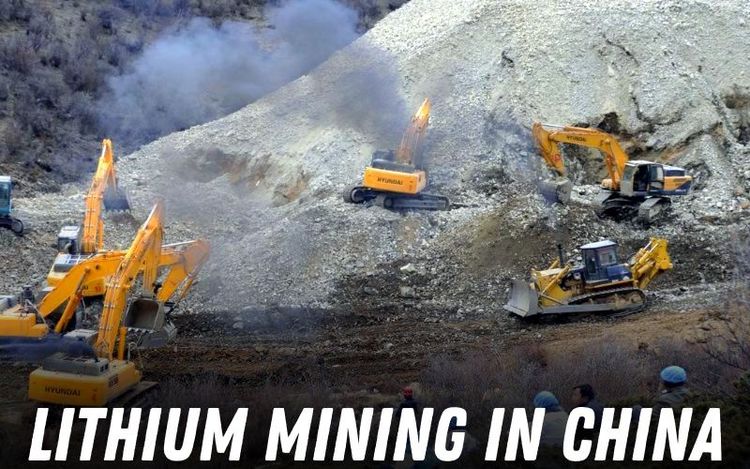
The next stop in the EV journey is often China, which dominates rare earth processing and lithium refining. The environmental cost here is staggering. Waste gases from rare earth plants exceed those produced by all US miners and oil refiners combined.
Some 25 million tonnes of wastewater laced with heavy metals like cadmium are produced annually, polluting groundwater and affecting nearby populations. The ecological toll is severe, and much of it is hidden from the end consumer.
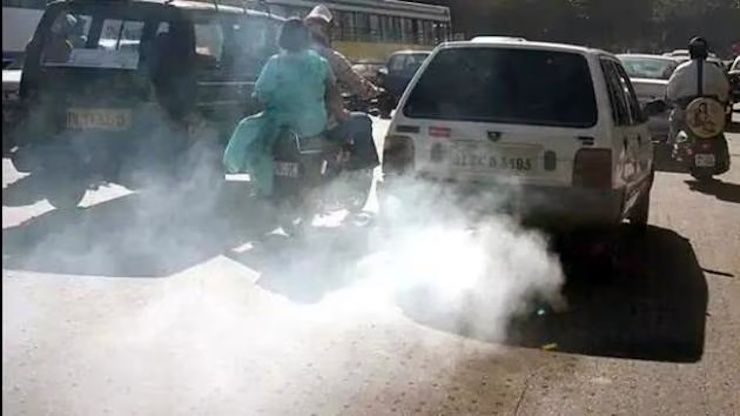
Despite all this, EVs do deliver meaningful gains in reducing urban pollution. In densely populated cities where air quality is a major health concern, the absence of tailpipe emissions translates into tangible benefits.
Nitrogen oxide levels drop. Particulate matter in the air decreases. Public health improves. Cities like Delhi or Mumbai stand to benefit tremendously from cleaner vehicles, with fewer pollution-related illnesses and deaths.
But these benefits come with a catch. What we’re witnessing is a transfer of environmental burden from air to earth, from rich cities to poor mining communities, and from tailpipes to smelter chimneys. In effect, the problem isn’t being solved, it’s being relocated.

The mineral demands of EVs make the scale of the issue clearer. A conventional ICE vehicle uses around 35 kg of critical minerals. A battery electric vehicle? Nearly 200 kg. That includes six times more minerals overall. Even the rare earth content of EV motors is nearly four times higher than in petrol engines.
Multiply that by millions of new EVs hitting roads each year, and the demand for new mining operations becomes staggering. Research now suggests that the biodiversity impact of mining for renewables could end up outweighing the climate change damage they are meant to prevent.
All is not lost, though. Technological advancements are emerging that could soften the environmental blow. Battery recycling is showing promise. In China, researchers have developed processes that recover more than 90% of key minerals from used batteries within minutes, using far less energy and fewer chemicals than traditional methods.
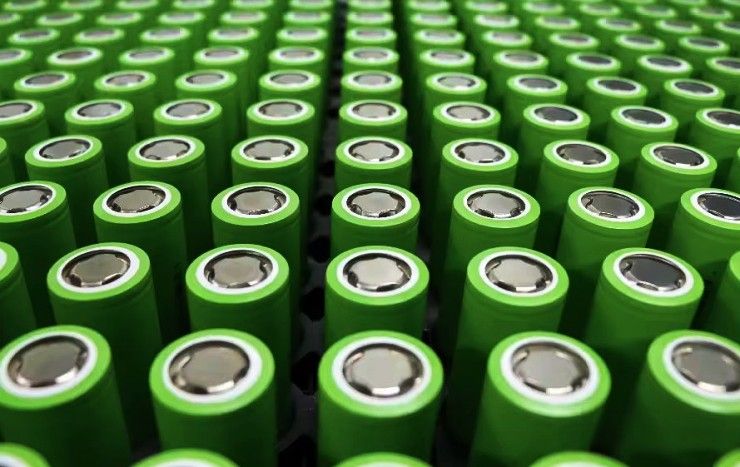
Solid-state batteries, which require fewer rare materials and last longer, are also inching closer to commercial viability. These could significantly reduce the overall material footprint of EVs.
Moreover, some nations are beginning to respond. Indonesia, for example, has announced a decarbonisation roadmap for its nickel industry, aiming for 81% emissions cut by 2045 through cleaner energy and improved efficiency. Whether these commitments translate into real action remains to be seen.
Another overlooked solution lies beyond EVs entirely: a shift in transport philosophy. Public transportation, cycling, and smarter urban planning could drastically reduce our dependence on private vehicles altogether.
A train emits 80% less carbon per passenger kilometre compared to cars. Even just switching a 20-mile car commute to a train or bus can cut emissions by over 20 tonnes a year.
Replacing every ICE car with an EV may not be the right endgame. The goal should be fewer cars overall, not just cleaner ones.
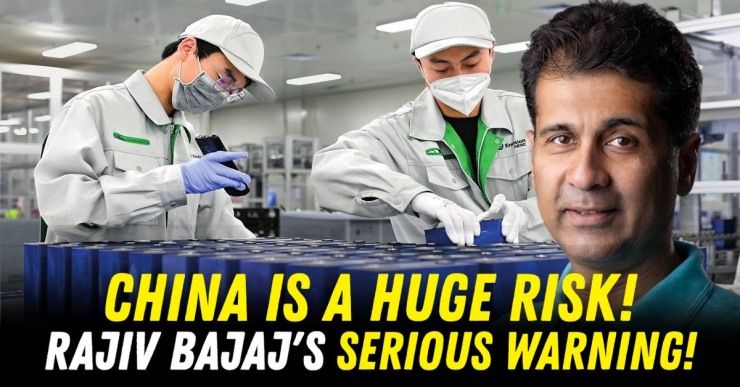
The environmental ledger of EVs is complicated. On one side are the undeniable benefits: reduced urban emissions, lower operating costs, and fewer oil imports. On the other is a heavy upstream cost in emissions, ecosystem damage, and human suffering, concentrated in a handful of vulnerable countries.
What Nithin Kamath’s post gets right is the call for a more holistic view. The EV revolution must not be judged by city air alone. It must be evaluated by the lives affected along the entire supply chain, from the forested coastlines of Sulawesi to the dusty cobalt pits of Katanga.
There’s no doubt EVs are cleaner to operate. But if the path to getting there involves bulldozing biodiversity, exploiting children, and poisoning water bodies, then the net benefit becomes morally ambiguous.
Acknowledging these trade-offs does not mean halting progress. It means evolving responsibly. Stricter mining regulations, stronger labour protections, supply chain diversification, and technological innovation can all help.
But perhaps the biggest change needs to happen in our expectations. The future of mobility should not just be electric. It should be ethical, efficient, and equitable. Clean streets must not come at the cost of dirty oceans. It’s time we stopped looking at EVs as a panacea and started treating them as one part of a much broader, more sustainable transport solution.